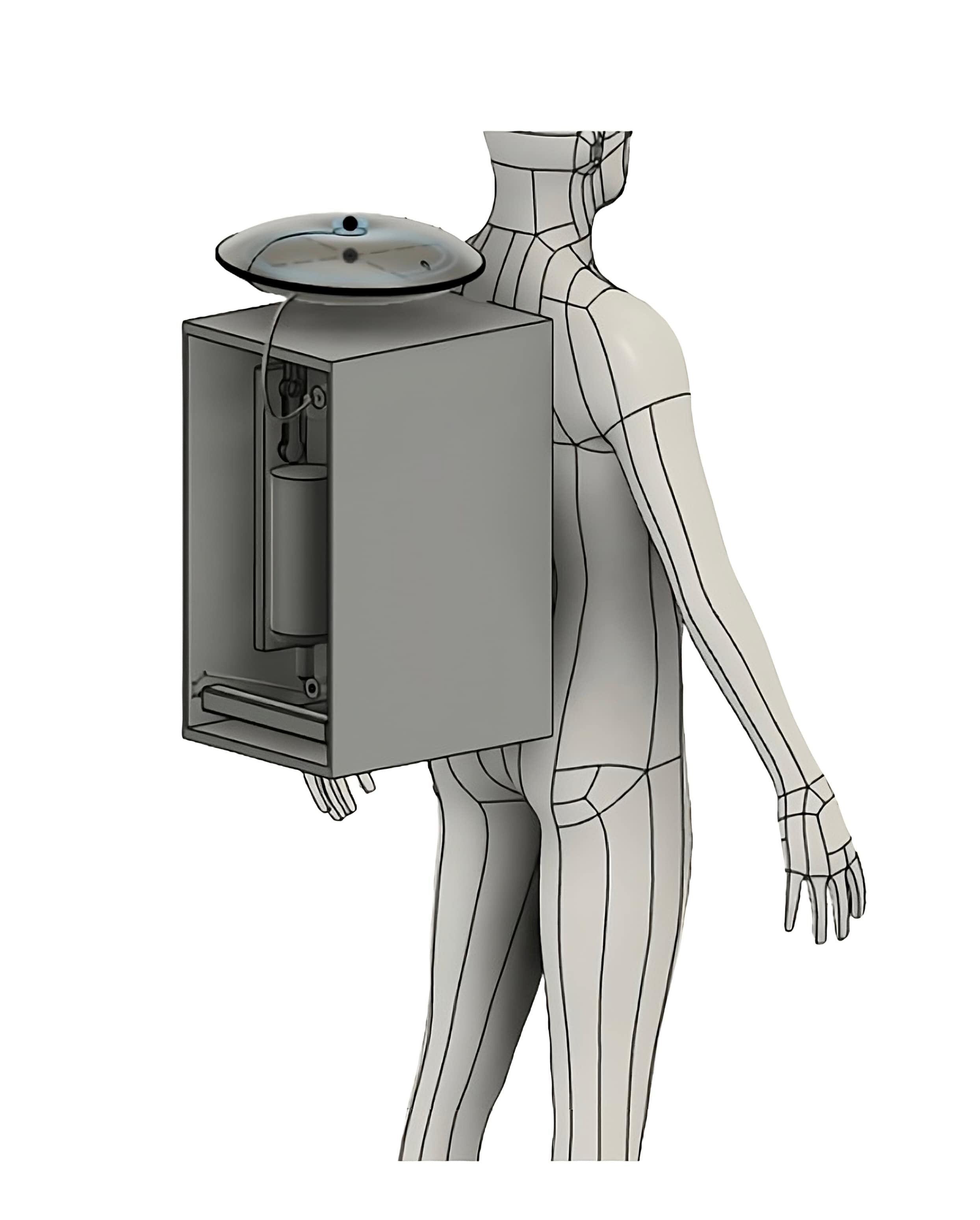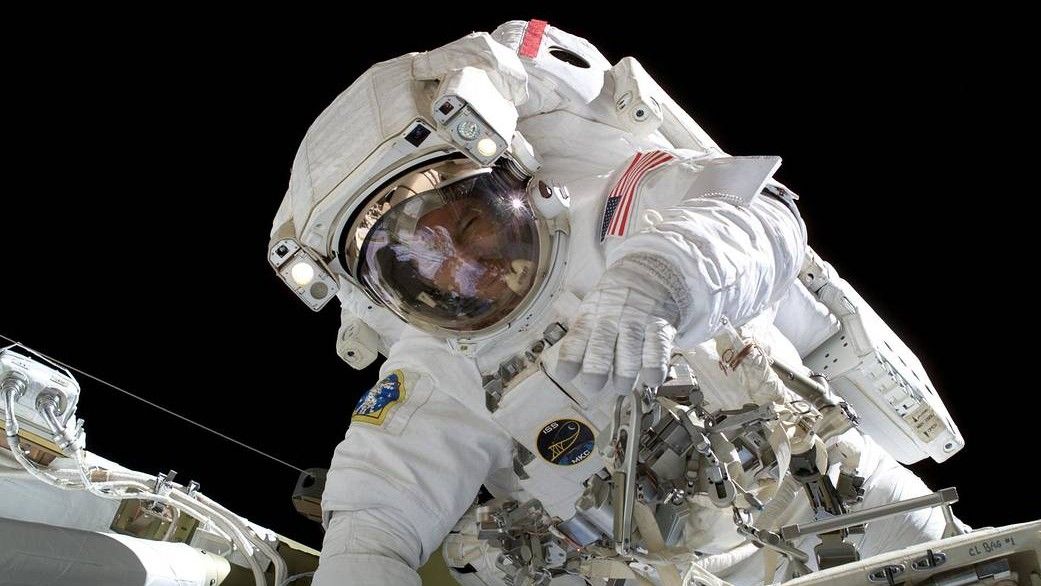
In a groundbreaking development for space exploration, scientists have designed a prototype stillsuit inspired by the full-body 'stillsuits' from Frank Herbert's Dune. This innovative technology aims to recycle astronauts' urine into potable water during spacewalks, addressing the discomfort and wastefulness of current waste management solutions in space. The Cornell University team behind this project has developed a two-step, integrated forward and reverse osmosis filtration system with an efficiency of 87%. This system could be tested under simulated microgravity conditions before deployment in upcoming moon and Mars missions by NASA.
The stillsuit design is based on the micro-sandwich filter and heat-exchange system described in Dune, with improvements for astronaut use. The Fremen culture from Dune relies on these suits to survive in harsh desert environments by recycling absorbed sweat and urine into potable water. Similarly, astronauts on extended space missions could benefit greatly from such a technology.
The stillsuit prototype is not the first attempt at creating a practical stillsuit. Hacksmith Industries previously built a version that recycles sweat and moisture from breath but does not handle urine or fecal recycling. The Cornell team's design, however, focuses on both urine and sweat recycling for maximum efficiency.
The new system could help reduce health complications for astronauts such as rashes, urinary tract infections, and digestive distress by getting urine away from their bodies quickly. NASA plans to establish a permanent outpost on the moon by the end of the decade, making this issue particularly relevant.
The stillsuit prototype is not limited to space applications. It could also have potential uses in disaster relief situations or extreme environments where access to clean water is limited.
Despite these advancements, it's important to remember that no technology is perfect. The stillsuit prototype may face challenges such as maintaining the filtration system under microgravity conditions and ensuring the durability of materials used in its construction. Further research and testing are necessary to address these concerns before deployment in actual space missions.
The development of this stillsuit represents a significant step forward for space exploration, enabling astronauts to perform longer missions with greater comfort and sustainability. It also highlights the potential for science fiction to inspire real-world technological advancements.


